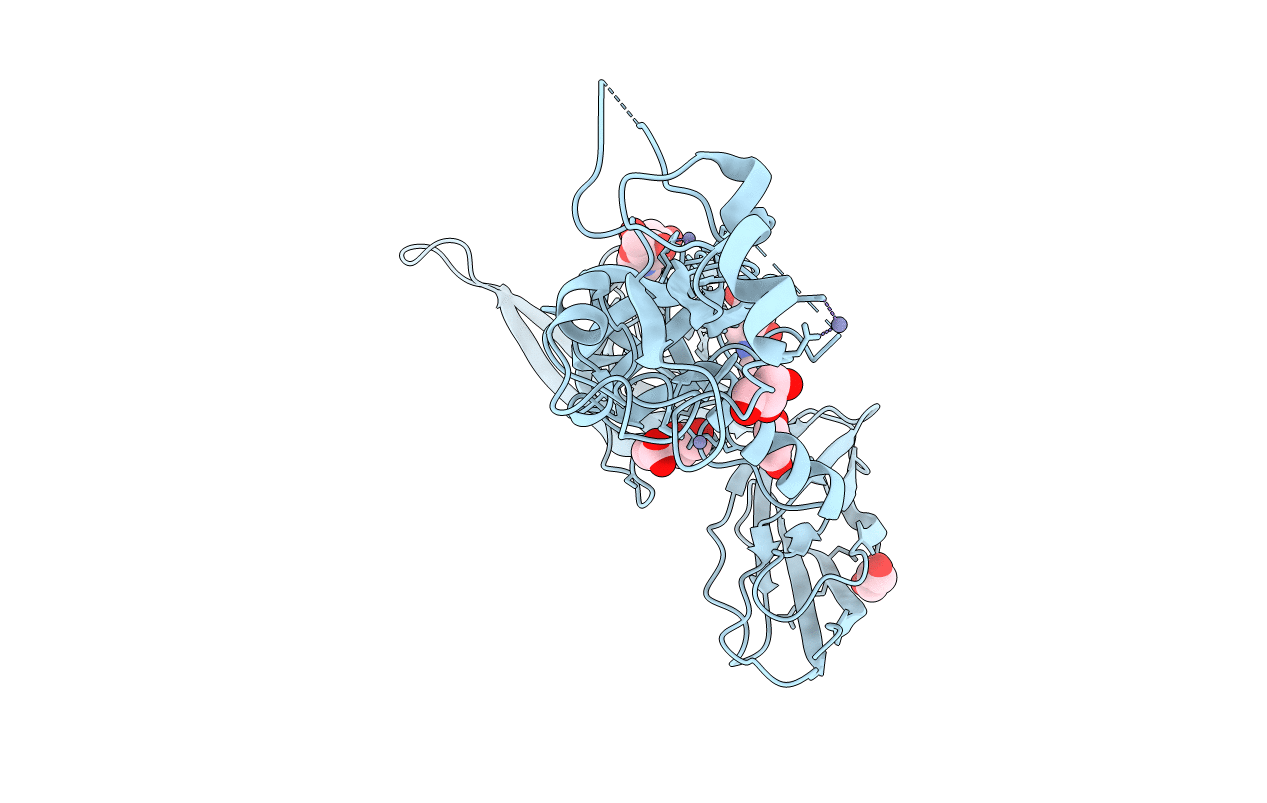
Deposition Date
2017-08-30
Release Date
2018-08-22
Last Version Date
2024-11-20
Entry Detail
PDB ID:
5OW3
Keywords:
Title:
Crystal structure of a C-terminally truncated trimeric ectodomain of the Arabidopsis thaliana gamete fusion protein HAP2
Biological Source:
Source Organism:
Arabidopsis thaliana (Taxon ID: 3702)
Host Organism:
Method Details:
Experimental Method:
Resolution:
2.75 Å
R-Value Free:
0.27
R-Value Work:
0.23
R-Value Observed:
0.23
Space Group:
P 63


